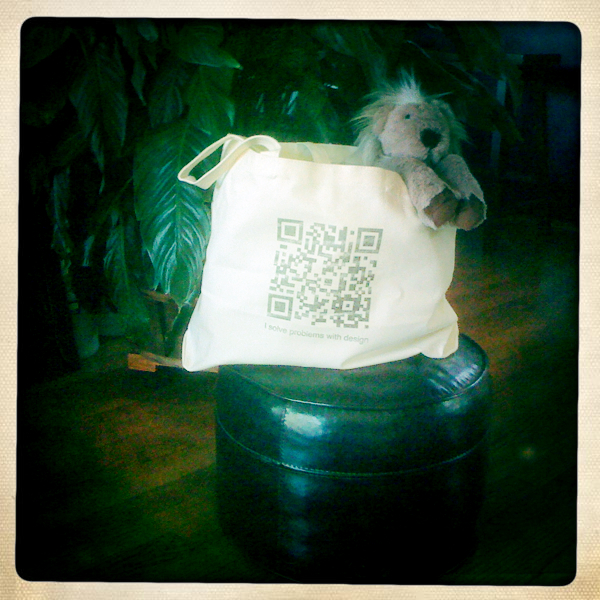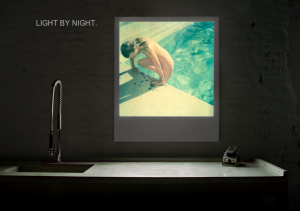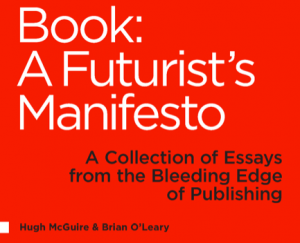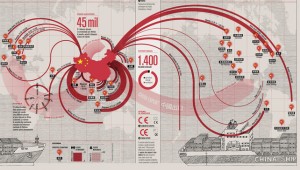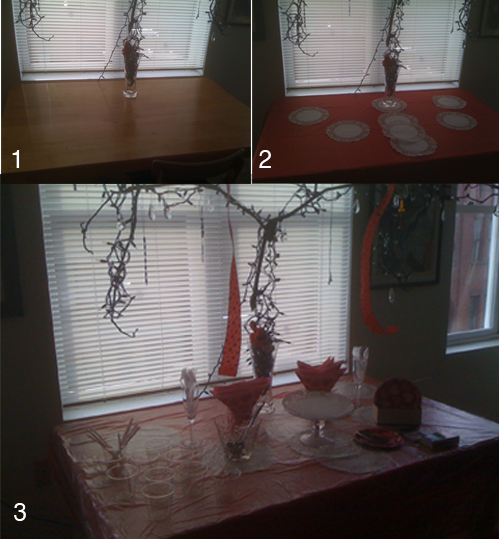My little friend here seems to want to come to PodCamp WesternMass. Look for me, I want to chat with others about Mobile Marketing and other Mobile-Related Topics. Here’s what PodCamp is all about.
Polaboy
Always a lover of Polaroids [cameras and the prints they produce] this lightbox, from POLABOY®, caught my eye.
A few years ago a renaissance of the Polaroid photograph began and people began to take an interest in »retrography». This fascination stems from a deep yearning for old values, warmth and feel and the imperfect, real and familiar. It is no surprise that this longing for authenticity and permanence has emerged at a time of rapidly accelerating change, when digital images are practically ubiquitous.
Tradition is the foundation on which the POLABOY® is based, combined with cutting edge LED technology and consistent product design.
With the POLABOY® you can capture personal moments which have irrevocably passed, thus immortalising the ethereal in timeless design. Snapshots become works of art to be rewarded with our deepest appreciation.
The frame for a small piece of eternity.
I wonder how a Hipstamatic image would look inside one of these frames?
Just stunning!
Helping With a NOVA Project
This is a shot early morning- working from my computer in Boston- where I am helping with a NOVA project called: Cracking the Genetic Code. This documentary airs March 28th. Can’t wait to see the final project.
Book: A Futurist’s Manifesto
I have been following PressBooks for a while now and this is a beautiful option for publishing eBooks. They just published a manifesto on the future of publishing. Essays from the bleeding edge of publishing.
About this book:
The ground beneath the book publishing industry dramatically shifted in 2007, the year the Kindle and the iPhone debuted. Widespread consumer demand for these and other devices has brought the pace of digital change in book publishing from “it might happen sometime” to “it’s happening right now”—and it is happening faster than anyone predicted. Yet this is only a transitional phase. “Book: A Futurist’s Manifesto” is your guide to what comes next, when all books are truly digital, connected and ubiquitous.
Through this collection of essays from thought leaders and practitioners, you’ll become familiar with a wide range of developments occurring in the wake of this digital book shakeup:
* Reexamine your assumptions about the role of a book publisher, as we move from container to context
* Understand the kinds of things we can start doing with digital books
* Look inside some of the publishing projects that are at the bleeding edge of this digital revolution
* Learn how some digital books can evolve moment to moment, based on reader feedback.
With “Book: A Futurist’s Manifesto,” we at O’Reilly Media are actively practicing what we preach. Written and edited on PressBooks.com, a new web-based book-production system, this book also invites reader feedback throughout its development.
Read the chapters from Parts 1 (The Setup) and 2 (The Outlook), and tell us what you think. Part 3 (due out in Spring of 2012) will focus on living examples of publishing projects that are pushing embracing the new possibilities of digital.
This second release of this ebook — containing Parts 1 and 2 — is priced at $9.99; the final version of the book, including all three parts, will be priced higher. Buy this release now and you’ll receive all updates at no additional cost. Naturally, it will be available in multiple formats, including a print edition when the book is complete.
Big Data and Infographic Thinking
I’ve always been a lover of great infographics ever since being introduced to Edward Tufts. I think this stems from my life-long-love of maps. More and more data is being turned into shorthand to aid in advancing trends in all areas of our lives. These types of presentations really help us understand our world and help us make decisions.
This one shows Chinese exports
Watch this brief video from Francesco Franchi, a master of information design. He talks about how you have to go beyond the picture and create an entirely different sort of experience that encourages critical thinking.
Francesco Franchi: On Visual Storytelling and New Languages in Journalism from Gestalten on Vimeo.
Sunday, The New York Times ran an article about Big Data. In it they talk about how “Data is in the driver’s seat. It’s there, it’s useful and it’s valuable, even hip.” And infographics can really help us decipher information so it becomes useful to us. For example, learning how pasta, not bacon makes us fat. Or how to make the perfect cocktail. These are really fun and useful ways infographics help us.
Corporate America is also catching on. Imagine how job aids and training could improve with some really juicy infographs. More and more companies are adopting ‘data-driven decision making’. Heck, even the government is getting in on the data.
What it all boils down to is the content. Then, placing the content into a design that really assists the viewer to ‘read’ the information in a ‘nonlinear manner’. Good infographics make the viewer think-they don’t interpret the information for the viewer.
Xernay’s 18th Birthday Bash


